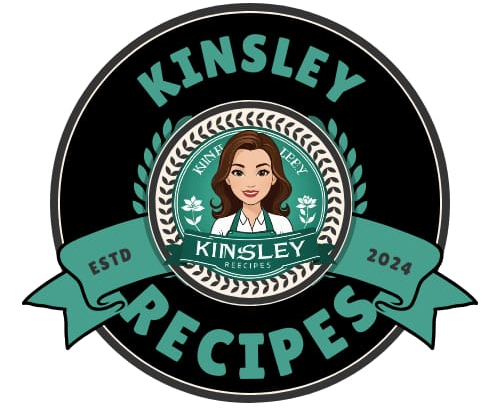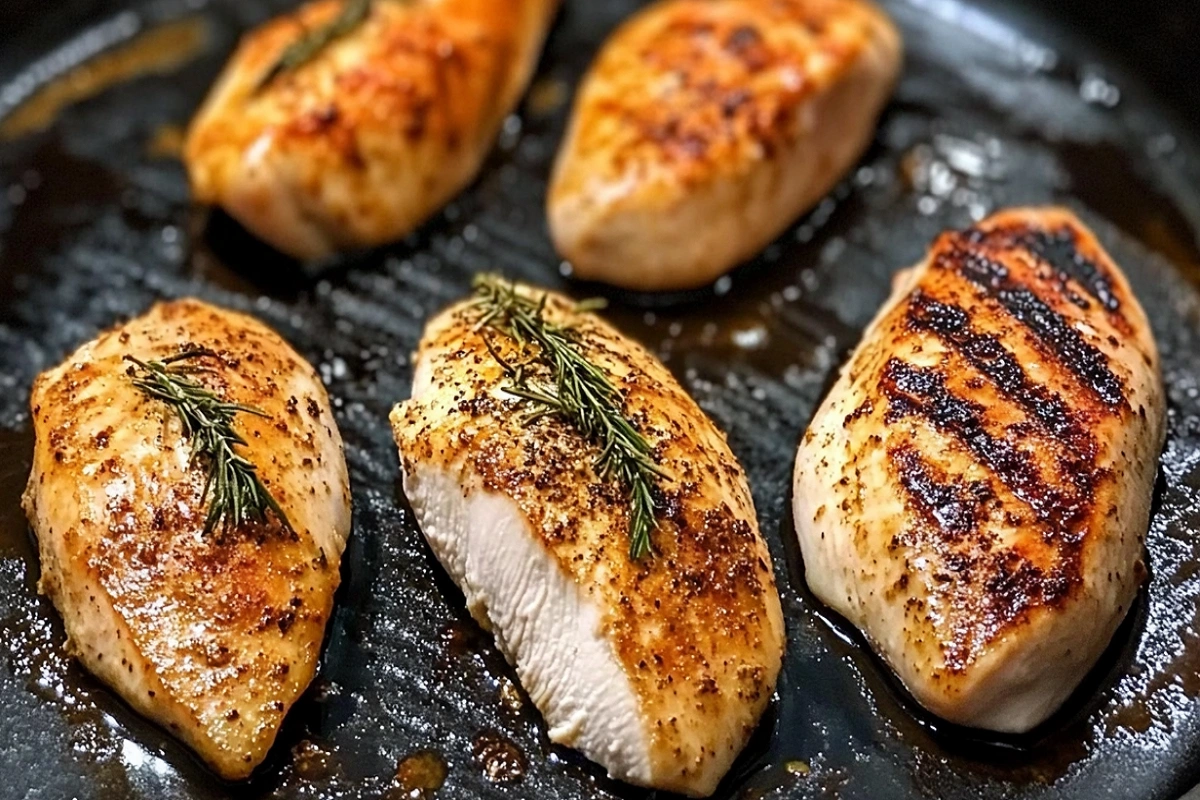Wondering how do I cook chicken breast without drying it out? It’s a question many home cooks face.. It’s lean, easy to overcook, and often ends up dry. If you’ve ever asked, “How do I cook chicken breast without drying it out?”, you’re not alone.
Whether you’re grilling, sautéing, baking, or meal prepping, there are specific techniques that help you avoid chewy or tough results. In this ultimate guide, we’ll share chef-approved strategies for achieving tender, juicy chicken every time—without resorting to fatty sauces or unreliable tricks.
Why Chicken Breast Often Turns Out Dry
Chicken breast is naturally low in fat, which makes it nutritious but prone to overcooking. Without fat or connective tissue, it doesn’t self-baste like thighs or drumsticks. That means once it passes the ideal temperature, the moisture evaporates quickly.
Additionally, improper cutting, skipping marinades, or high-heat exposure are all culprits.
If you’re wondering why your chicken breast is tough in the slow cooker, it often comes down to temperature mismanagement or skipping moisture-retaining steps.
Know Your Temperature: The Real Secret
You need to cook chicken breast to 165°F (74°C) to ensure it’s safe to eat. But removing it from heat around 160°F, then letting it rest, allows carryover cooking to finish the job. According to the USDA safe temperature guidelines, this is the best way to ensure safety without sacrificing juiciness.
Using a thermometer helps you hit that window perfectly. It’s a small tool with big impact.
Brining: Lock in Moisture Before You Even Cook
One proven method for how to cook chicken breast without drying it out is brining—soaking it in a saltwater solution.. This process allows salt to penetrate the meat, breaking down protein structures and helping retain moisture. For a complete breakdown of the process, check this step-by-step guide on how to brine chicken the right way.
Basic Wet Brine:
-
4 cups cold water
-
1/4 cup kosher salt
-
2 tbsp sugar (optional for flavor balance)
-
Brine 30 mins to 2 hours
Or try a dry brine by rubbing salt on the meat and leaving it uncovered in the fridge.
Use Marinades That Actually Work
Not all marinades help with moisture. You want options that include:
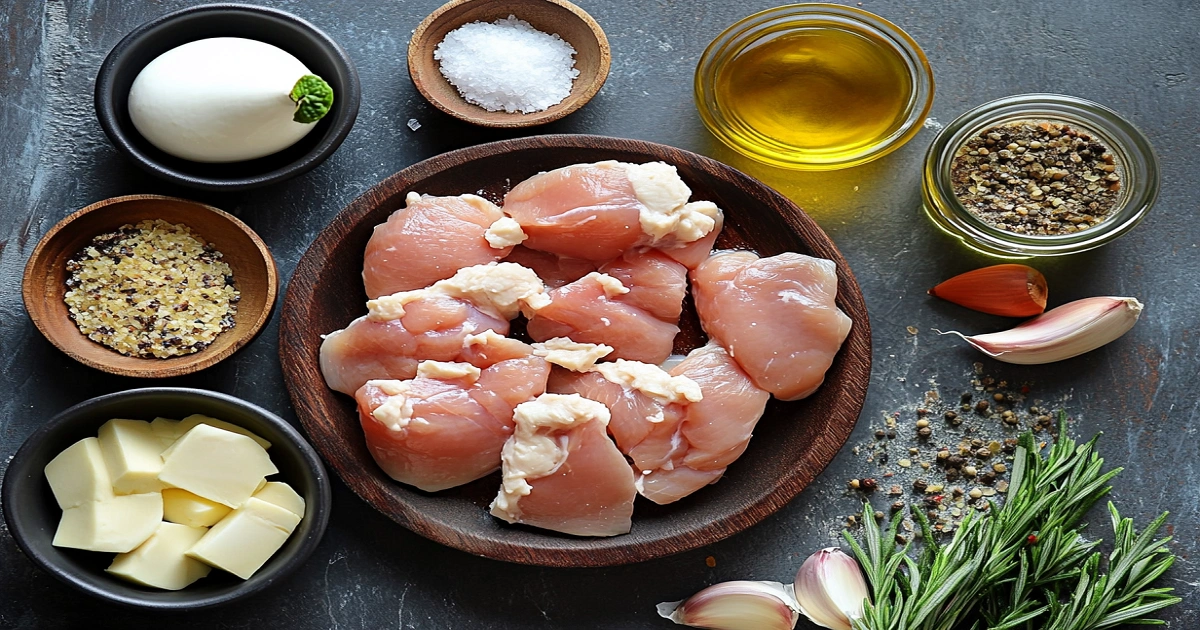
-
Greek yogurt or buttermilk
-
A small amount of citrus or vinegar
-
Olive oil or avocado oil
-
Dried herbs and garlic
These ingredients penetrate the meat and tenderize it, making the texture less rubbery.
Avoid highly acidic marinades for long durations—they can toughen chicken.
Oven-Baking Without Drying Out
If you’re asking how do I cook chicken breast without drying it out in the oven, the answer lies in proper temperature control. Baking works well when you:
-
Preheat to 375°F (190°C)
-
Cover the dish with foil for the first 20 minutes
-
Remove foil for the last 5–10 mins for browning
-
Use broth or pan juices under the chicken
Adding a pan of water in the oven can create steam to help retain moisture.
For more guidance on baking chicken right, check this method for how to cook moist and tender chicken breasts in the oven.
Pan-Searing for Maximum Flavor and Juiciness
If you prefer stovetop methods, try this:
-
Heat skillet over medium
-
Add oil or ghee
-
Cook for 4–5 minutes per side
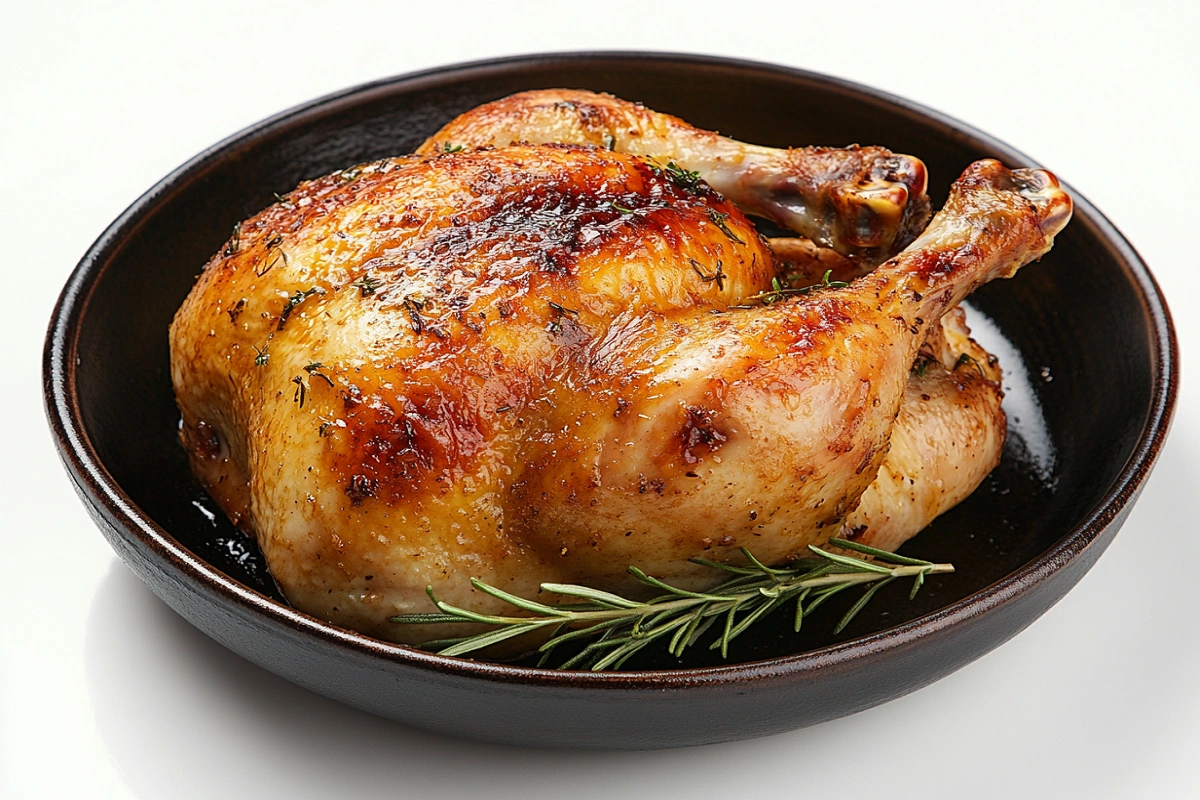
-
Flip only once
-
Finish with a lid for final 2 minutes
For extra flavor, spoon the hot fat over the chicken before covering.
How to Keep Chicken Moist When Grilling
Grilling is fast and tasty, but also drying if done wrong.
Use the indirect heat method:
-
Sear chicken on hot grill grates for 2–3 mins
-
Move to cooler side, cover, and cook through slowly
-
Baste with olive oil or broth during cooking
-
Remove at 160°F and rest under foil
Resting: The Forgotten Step That Saves Moisture
Resting chicken for 5–10 minutes after cooking:
-
Allows juices to redistribute
-
Prevents them from leaking out when cut
-
Finishes the cooking process via residual heat
Always rest on a plate, loosely tented with foil.
How to Cut Without Ruining Moisture
After resting, slice:
-
Against the grain
-
In one motion (don’t saw)
-
With a sharp knife
-
Into thick slices to preserve juices
This helps preserve the meat’s texture and tenderness.
Best Oils for Cooking Chicken Moist
Use fats with high smoke points and rich flavor:
-
Avocado oil
-
Ghee (clarified butter)
-
Olive oil (for medium heat)
These help seal in juices and enhance taste.
How to Keep Chicken Breast Moist When Pan Frying
-
Pound chicken evenly to avoid overcooking thin spots
-
Preheat pan properly
-
Use enough oil to coat bottom
-
Cover briefly to trap steam
-
Rest before slicing
A splash of broth or pan sauce at the end helps finish with flavor and moisture.
Sous Vide: The Ultimate No-Dry Technique
With sous vide, chicken is vacuum-sealed and cooked in water at a controlled temperature. This method almost guarantees perfect texture and moisture. If you’re new to it, here’s a great resource for understanding sous vide cooking and getting started confidently.
Air Fryer Moisture Tips
Air fryers use convection heat, which can dry chicken fast. To avoid this:
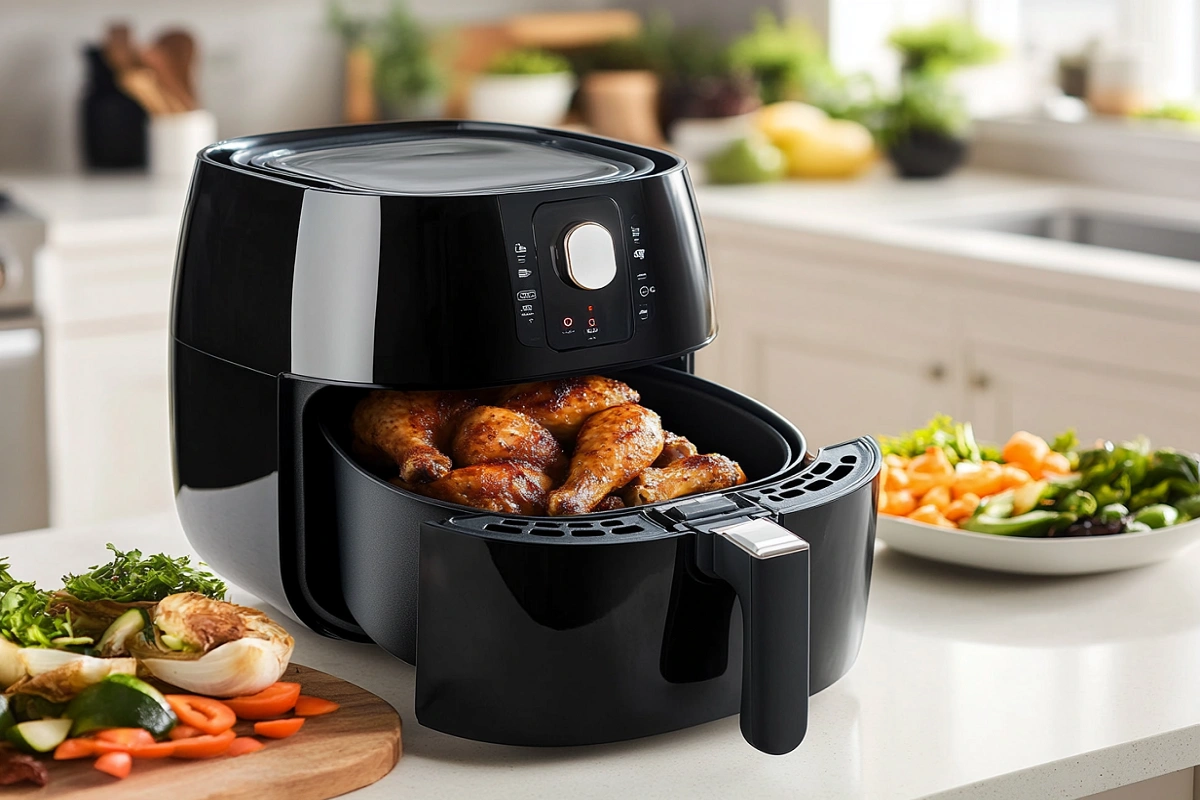
-
Lightly coat with oil
-
Cook at 375°F for 10–12 minutes
-
Flip halfway through
-
Use foil or parchment basket liners to reduce air blast
Reheating Without Drying It Out
-
Use a steamer or cover with damp paper towel in microwave
-
Add a splash of broth when reheating on stovetop
-
Wrap in foil and heat slowly in oven
Avoid microwaving on high without cover—it removes moisture fast.
Don’t just microwave on high—learn the best ways to reheat leftover chicken while keeping it juicy and tender.
Chicken Storage Tips
-
Store with cooking juices
-
Use airtight containers
-
Reheat gently
-
Don’t slice before storing
You can also shred chicken and store with a tablespoon of broth to keep it juicy.
Quick 3-Step Recipe for Juicy Oven Chicken
Ingredients:
-
2 boneless chicken breasts
-
Olive oil, salt, garlic powder, paprika
-
1/4 cup chicken broth
Steps:
-
Rub chicken with oil and spices
-
Bake covered at 375°F for 20 mins
-
Uncover, add broth, bake 5–7 mins more
Let rest 5 minutes before slicing.
Final Juiciness Checklist
-
✅ Use a thermometer
-
✅ Brine or marinate first
-
✅ Cook at medium heat
-
✅ Rest after cooking
-
✅ Cut correctly
-
✅ Store with juices
FAQs: How Do I Cook Chicken Breast Without Drying It Out?
How do you cook chicken breast so it’s not dry?
Use a thermometer, rest the meat, and avoid high heat. Brining helps too.
How do you stop chicken breast from drying out?
Brine before cooking, use a meat thermometer, and don’t skip the resting phase.
Why does my chicken breast always come out dry?
Likely due to overcooking, lack of moisture prep (like brine), or cutting too early.
How to keep chicken breast moist when pan frying?
Use even thickness, preheat the pan, cover briefly, and finish with resting.
Conclusion: Mastering Moist Chicken Breast Starts with the Right Method
If you’ve ever asked, how do I cook chicken breast without drying it out, the answer is simpler than you think. Success comes down to using repeatable, science-backed cooking techniques that prioritize moisture retention at every step. Brining helps lock in natural juices, while careful control of internal temperature prevents overcooking. Choosing the right oils, cooking over moderate heat, and allowing the chicken to rest before slicing are equally important.
No matter which method you prefer—baking, pan frying, grilling, or sous vide—every approach can yield juicy, flavorful results if done with attention to timing and preparation. Even small tweaks, like slicing against the grain or using a thermometer, can make a noticeable difference in tenderness.
With these strategies in your kitchen routine, you’ll be able to consistently prepare chicken breasts that are moist, tender, and satisfying—every single time.
